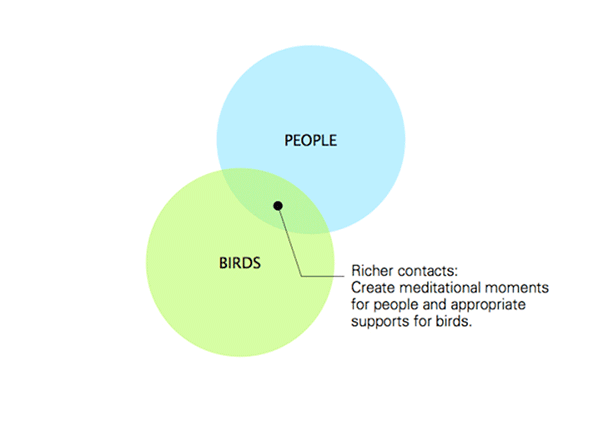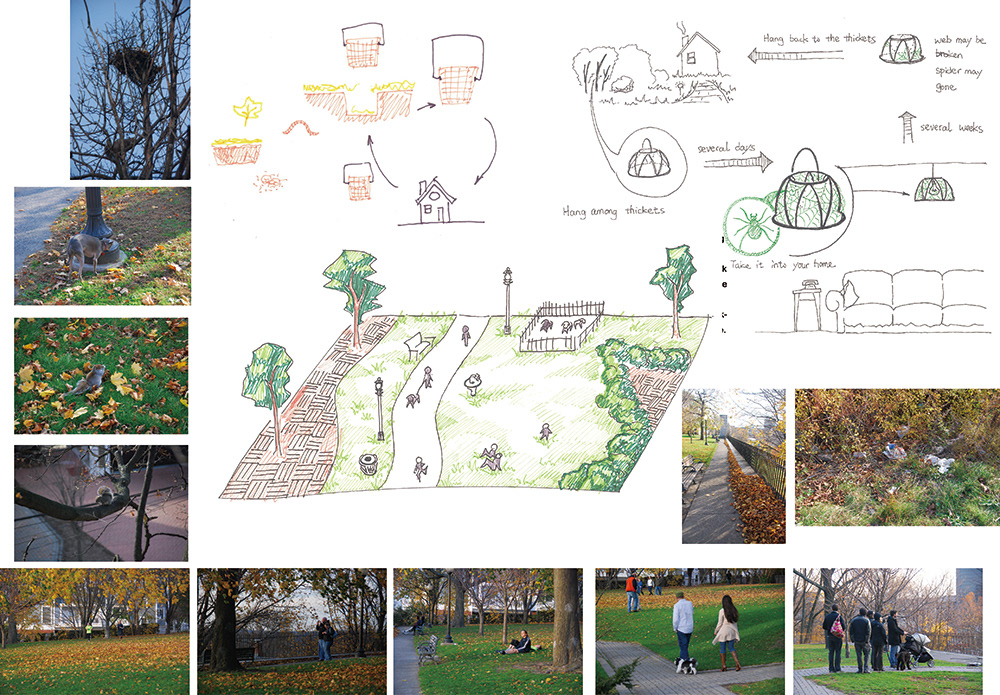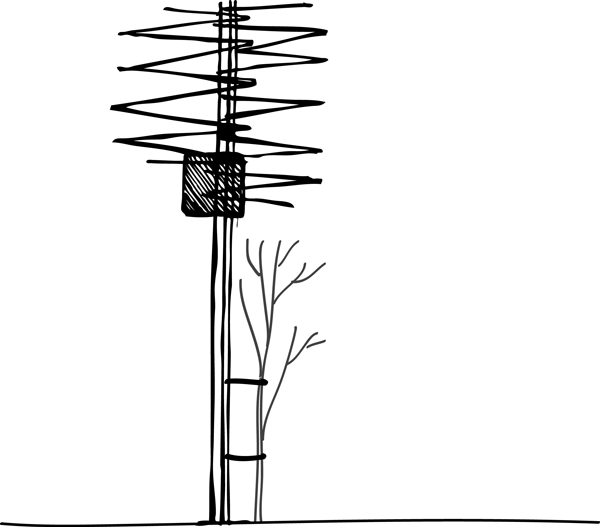Part One of my thesis project
Urban wildlife plays an important role in a city environment. The animals are residents and also part of the city landscape, yet they are usually overlooked. Nowadays, many people in the city live a busy life, always thinking about what’s coming next. We rush from one place to another to achieve goals that endlessly come into our minds. We seldom pay attention to and make good use of the environment around us.
Therefore, I promoted a new way of encouraging richer contact between humans and urban wildlife, in order to create relaxing moments for people and provide support for the animals, therefore improving the mental and physical health of the city.
Therefore, I promoted a new way of encouraging richer contact between humans and urban wildlife, in order to create relaxing moments for people and provide support for the animals, therefore improving the mental and physical health of the city.




I picked birds as the representatives of urban wildlife. Compared with the other urban wildlife, birds produce pleasing sounds that can serve as an extra dimension of the potential contact.

The potential richer contacts between humans and birds will foster stronger support for urban wildlife, and will benefit people due to their increased exposure to nature and its relaxing properties. People will have a healthier lifestyle and a much clearer concept of the city environment as a whole. Therefore the city will experience a big change on a cultural and mental level.
I chose simple ground mounted signs on the street as the places where I wanted to encourage contact between human and birds. Those signs are abundant, accessible, spread about the city and blend seamlessly into the urban environment, yet are small enough to manage and alter.

I designed the Oasis Poles, an installation that may also serve as ground-mounted signs. They encourage the presence of birds, increase public engagement, and heighten people’s appreciation of urban wildlife. People will know more about birds and therefore take better care of them.
Three slightly different sized helixes made of steel interlock with each other to form the top crown. Reeds bent in circles lay over each other on the top opening of the helixes in order to form a cover for the birds. This cover will project them from rain, snow and predators.
Depending on specific situations, we can design some add-on elements like bird house that can be hung in small sections divided by the helixes.
The periscopes share with people the view birds usually get on the top of the oasis poles
Bird calls are installed into the pole under the periscope. People can play with it by twisting carefully to produce sounds mimicking different bird calls. They can attract birds to actually gather around.
The bird bath has a small hole on the bottom that slowly leaks water so that every two or three days the bird bath would get cleaned up, waiting for somebody to pour in fresh water. In this way, the water in the bird bath will never become too dirty for the birds.
Vines
The bottom space in between three poles is filled with soil. We can plant some little shrub here. Vine is also a good choice. The water dropping out from the bird bath would consistently moisten the soil so that the plants won't die because of the dry weather.
The bottom space in between three poles is filled with soil. We can plant some little shrub here. Vine is also a good choice. The water dropping out from the bird bath would consistently moisten the soil so that the plants won't die because of the dry weather.

I designed a mobile application called ISeeBirds as the supplement of the oasis poles. Figures of the commonly seen birds are attached on the poles. Each of the figures will have a QR code painted on the body of the bird, leading smart phone users to the detail information about that bird in the application. When we spot a bird on the oasis poles, we may wonder what kind of bird it is.We can first find the figure we think matches with the bird we see, run ISeeBirds on our phones, scan the QR code according to the instructions on the screen, and then we will see the overall information of the bird.
Fore more info about this app, please visit another project "Meeting the Birds: ISeeBirds" on this website.
Fore more info about this app, please visit another project "Meeting the Birds: ISeeBirds" on this website.

Different variations for the Oasis Poles:
Oasis Poles can be used as the support for newly planted little trees. Usually we put poles around those little trees and tie them together with rope to support the trees through strong wind. Newly planted trees are not tall and big enough to be regarded as birds’ habitat. We need to wait decades for the tree to grow. So even to the areas where the government is planning to plant trees, Oasis Poles are needed to fill in the gap years before the trees are accepted by birds. Then, the Oasis Poles can be taken apart and a special sign can be left there, telling the story about how this tree grew and how the birds got support before the tree grew.
Oasis Poles can be used as the support for newly planted little trees. Usually we put poles around those little trees and tie them together with rope to support the trees through strong wind. Newly planted trees are not tall and big enough to be regarded as birds’ habitat. We need to wait decades for the tree to grow. So even to the areas where the government is planning to plant trees, Oasis Poles are needed to fill in the gap years before the trees are accepted by birds. Then, the Oasis Poles can be taken apart and a special sign can be left there, telling the story about how this tree grew and how the birds got support before the tree grew.
The New Canopy
Once the Oasis Poles occupy an area, they will together create an entirely new layer of canopy as habitats for birds. Right now the active layers for birds are either vey up on top of the crown of those big trees, the roof of buildings, or way down on the ground. Oasis Poles are aim at filling the layer in between, which is closed to human eye level. It also creates a series of continuous layers as habitats for birds. As we look at the city as a whole, this mid-level zone is where inviting habitat is missing.
Once the Oasis Poles occupy an area, they will together create an entirely new layer of canopy as habitats for birds. Right now the active layers for birds are either vey up on top of the crown of those big trees, the roof of buildings, or way down on the ground. Oasis Poles are aim at filling the layer in between, which is closed to human eye level. It also creates a series of continuous layers as habitats for birds. As we look at the city as a whole, this mid-level zone is where inviting habitat is missing.


